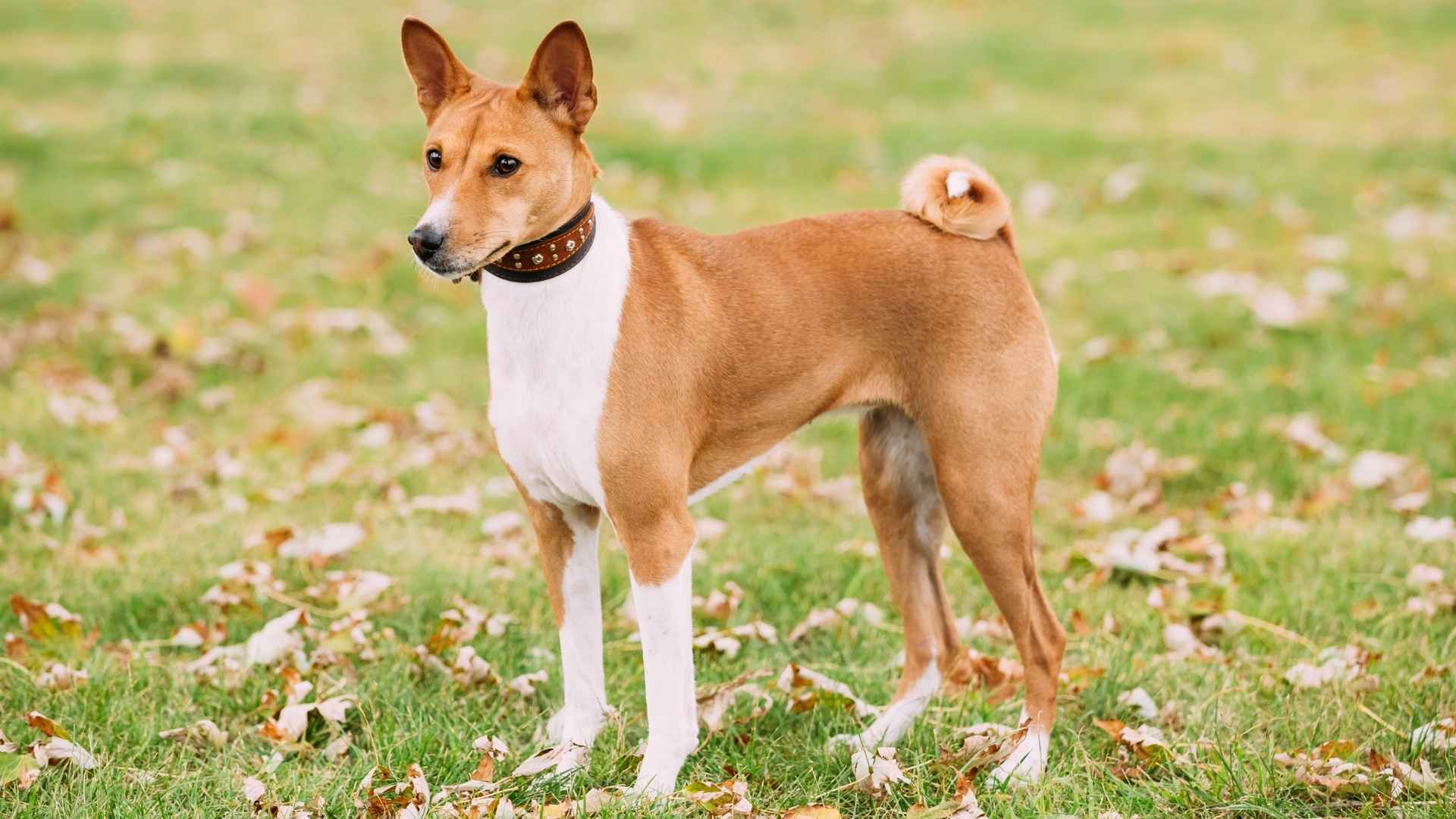Most people think smart dogs are easy to train. They picture perfect sit-stay-fetch routines, quick responses, and obedience that make you look good. But intelligence doesn’t always show up like that.
Sometimes, the smartest dogs are the hardest to handle. They question commands. They get bored fast. They try things their way. And when you look closer, you realize they aren’t ignoring you — they’re thinking circles around you.
They see patterns. They test limits. They find their own solutions. And sure, they might drive you crazy sometimes. But they’ll also make you laugh, impress your friends, and remind you that dog brains come in more flavors than we think.
You don’t get blind loyalty with these breeds. You get independence, cleverness, and a whole lot of personality. If you’re curious to meet the breeds who bring both brains and boldness, stick around — the list at the end is for you.
Stubborn But Intelligent Dog Breeds
1. Shiba Inu
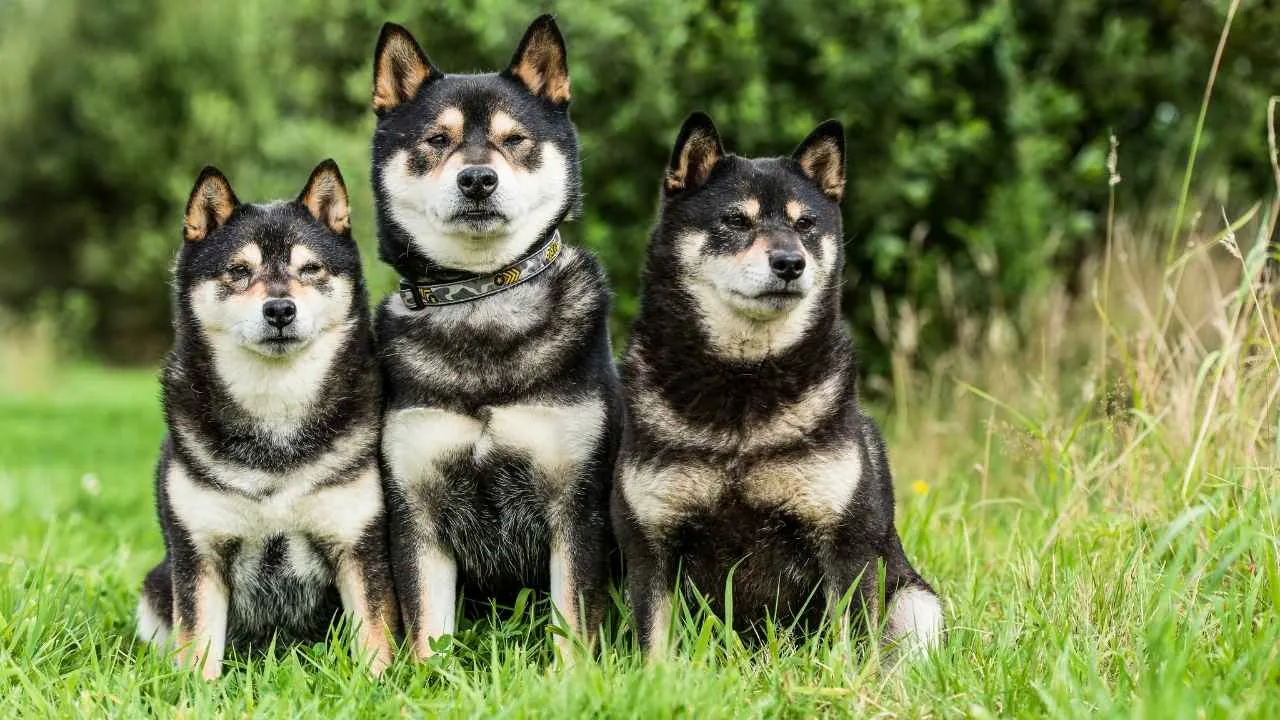
Shibas are observant and deliberate in their actions, often assessing a situation before engaging. Their intelligence isn’t about obedience—it’s about decision-making. They’ll follow commands only when it makes sense to them, not out of habit or repetition.
Strong-willed and resistant to pressure
This breed does not respond well to forceful correction or rushed routines, as mentioned in PetMD. They push back when something feels off, which is what often lands them on lists of stubborn dog breeds. Respect and patience build far more trust than strict discipline.

Selective in engagement with people
Shibas are not the type to seek constant validation or attention from their pet parents. They can be affectionate but on their own terms, choosing connection without clinginess. This makes them an ideal match for owners who appreciate emotional independence.
Structured guidance over repetition
They lose interest quickly in repetitive drills, so training sessions must be mentally engaging. A task-based approach with variation keeps them focused and responsive. Routine without stimulation is what causes many to shut down or ignore commands entirely.
2. Basenji
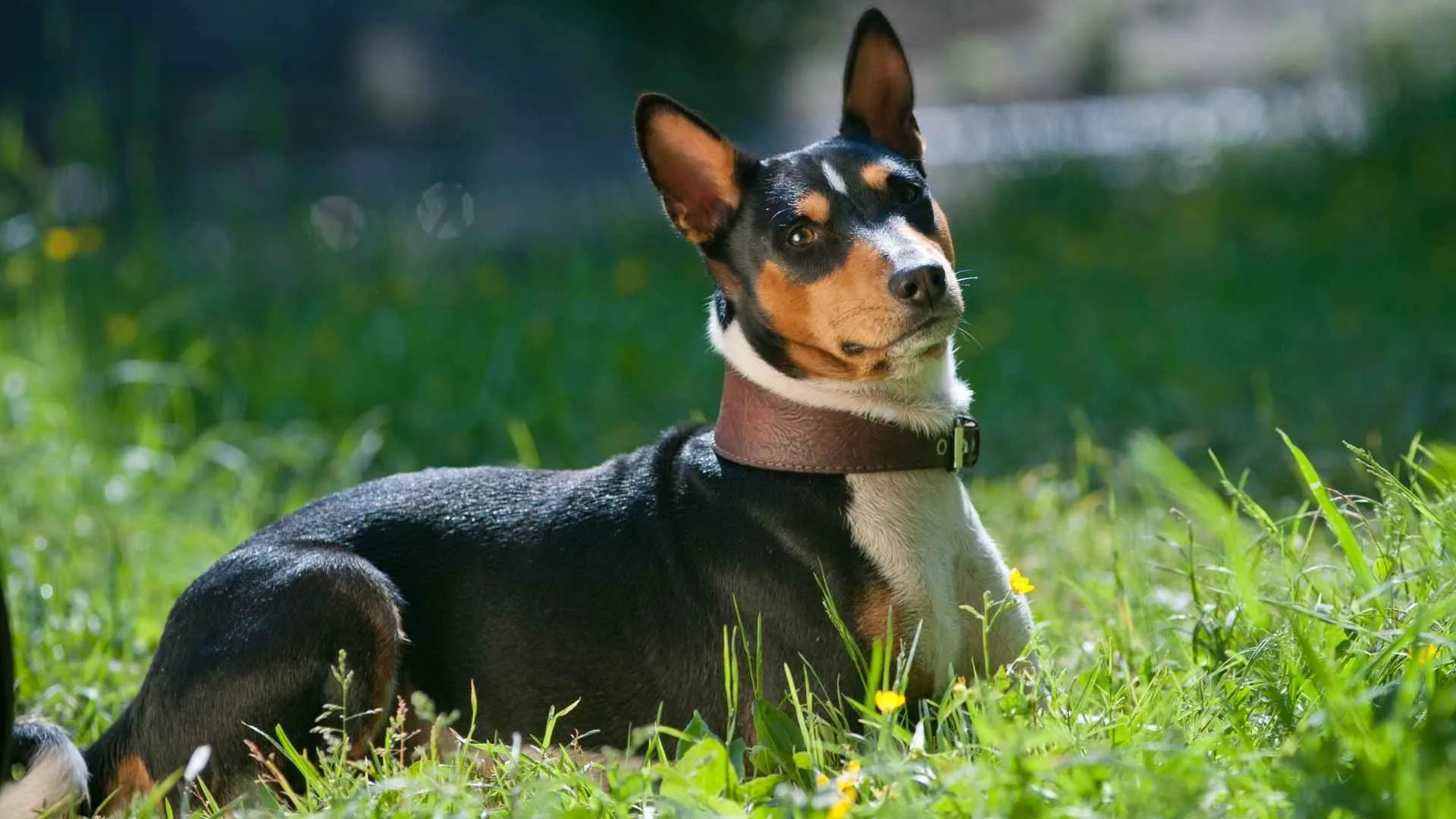
The Basenji doesn’t bark but communicates through yodel-like sounds, which already tells you it thinks differently. It watches, analyzes, and makes decisions fast, often before commands are even given. Most dogs love routine, but this breed thrives on thinking its way through new situations.
Instincts shaped by unique origins
Basenjis were originally bred in Central Africa for silent hunting through dense jungle, as stated in Zealandia Pets. That background explains their sharp reflexes, quick assessments, and tendency to act without waiting. They’re wired to work alone, so human commands feel like optional input to them.
Stubborn, but never slow
They’re often mislabeled as disobedient when they’re just firm in their choices. As a stubborn breed, they test limits to stay in control of their environment. Once they understand what’s expected, they’ll still weigh whether it’s worth doing.
Atypical fit for most family dogs
Basenjis aren’t naturally eager to please, which makes them different from classic family pets. Their loyalty is quiet, earned through mutual respect, not constant affection. They bond best with owners who give them space and understand their unique rhythm.
3. Afghan Hound
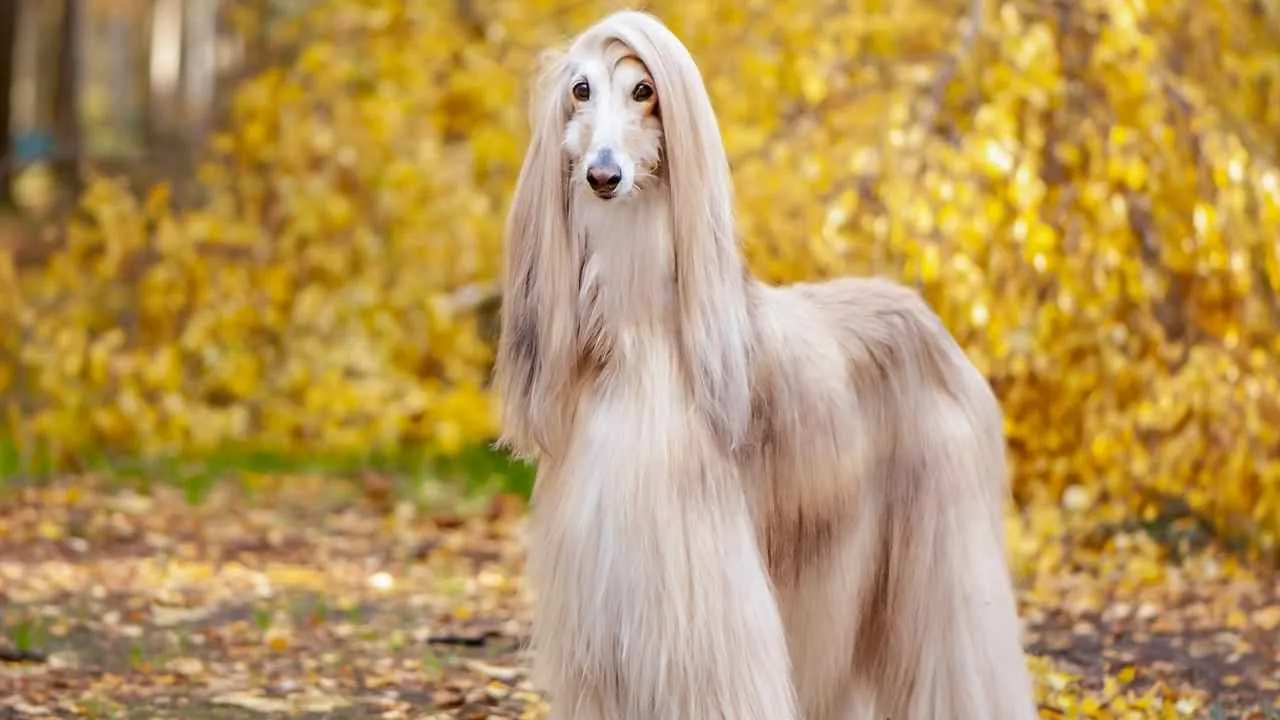
Afghans can learn quickly, but they often pretend not to hear you. Their attention is internal, driven more by their own priorities than external cues. Commands only matter when they see relevance in the moment—they assess, then act.
Disinterest in Predictable Patterns
Routine drills bored them fast, even with rewards. They disengage from repetition and tend to mentally check out unless the task challenges them. What works are effective training methods that treat them as participants, not subordinates.
Reserved in Social Interactions
Afghans often coexist peacefully with other dogs, but rarely engage in play without choice. They’re not reactive, just emotionally detached when uninterested. Their social filters are strong—they’re aloof, not anxious.
Instinct-led, Not People-pleasing
Their independent nature traces back to their hunting roots in harsh terrain. That autonomy still defines their behavior, making them highly self-reliant. They don’t seek feedback or permission—they assess their surroundings and move as they decide.
4. Dachshund
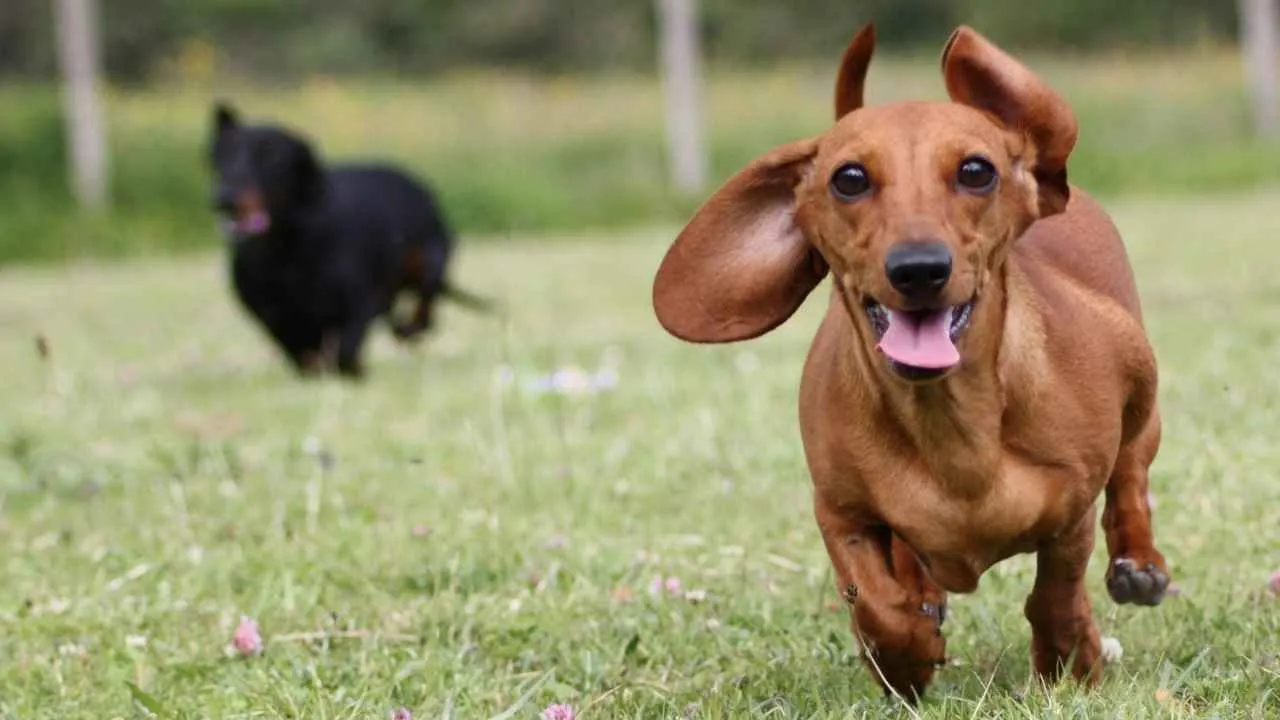
Dachshunds were bred to track and chase prey through narrow tunnels, which shaped their independent mindset. That same drive shows up today in how they approach tasks—they rely more on instinct than cues. If they find their own way to a solution, they’ll often ignore your method entirely.
Resistance to Repetition, not Learning
They recognize patterns fast but dislike repeating them just for the sake of routine. When asked to repeat basic commands over and over, they often disengage or lose interest. Their motivation increases when there’s a reason or reward they find meaningful.
Emotionally Aware but Selectively Responsive
Dachshunds have high emotional intelligence and often pick up on changes in tone, mood, or tension around them. But instead of blindly responding, they decide whether the situation calls for attention. That makes them less eager to please compared to other breeds, but far from unaware.
Persistence in what matters to them
Once they’ve locked onto a goal, like finding a scent or hiding spot, they’ll stay focused longer than expected. Their stubbornness isn’t random; it’s rooted in how deeply they commit when something sparks their drive. This can be a challenge when working alongside more compliant breeds.
5. Chow Chow
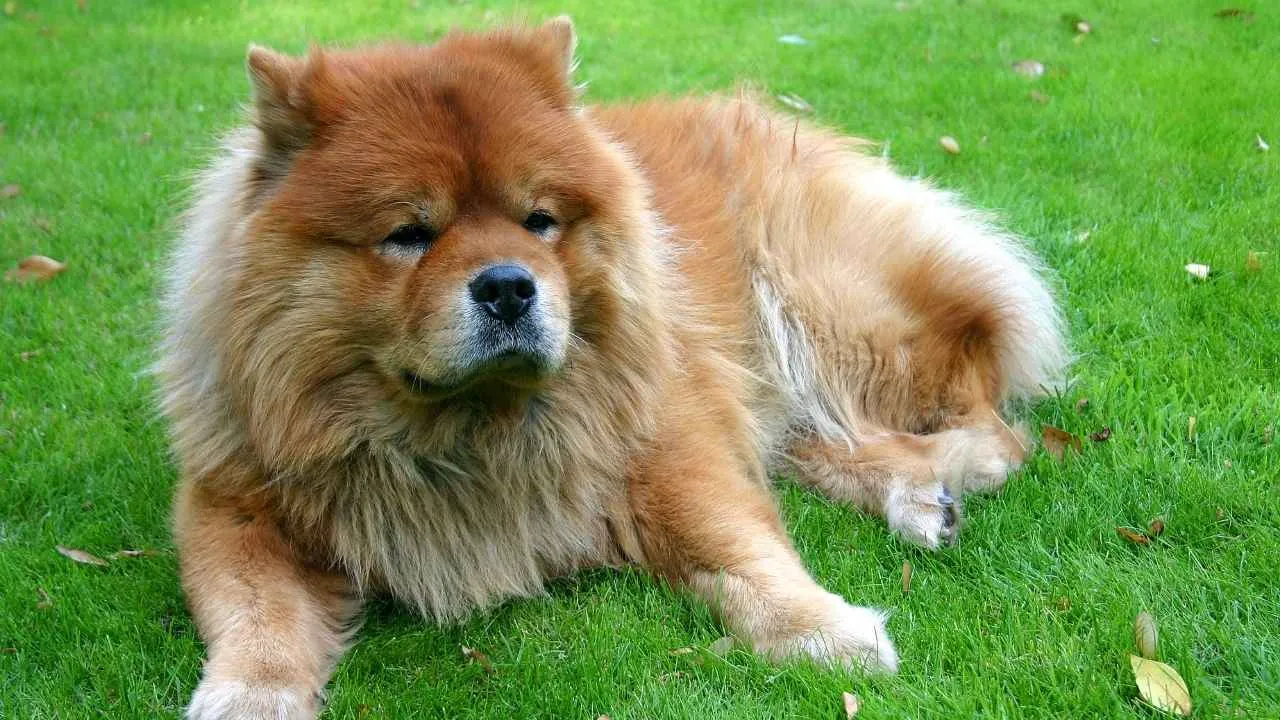
Chow Chows have a highly self-regulated temperament—they don’t react impulsively. Their aloof nature often gets misread as disinterest, but it’s actually calculated distance. They assess people and situations quietly before engaging, if at all.
Command-resistant but Observant
They don’t respond well to rushed cues or over-enthusiastic praise. Their stubbornness is a reflection of deep-rooted independence and instinctual pride. Building trust with them takes time, subtlety, and a calm approach that avoids confrontation.
Firm Training Requires Strategic Effort
With consistency and positive reinforcement, progress is possible, but slow. They’re quick to shut down if disrespected or overwhelmed, which is why professional help is often recommended for first-time owners. Their boundaries must be worked with, not against.
Territorial Intelligence and Memory
Chows are quietly brilliant at mapping their territory and remembering every routine and change. Their spatial awareness and ability to link subtle cues to past events are often underestimated. This type of learning doesn’t show up in typical obedience tests.
6. Akita
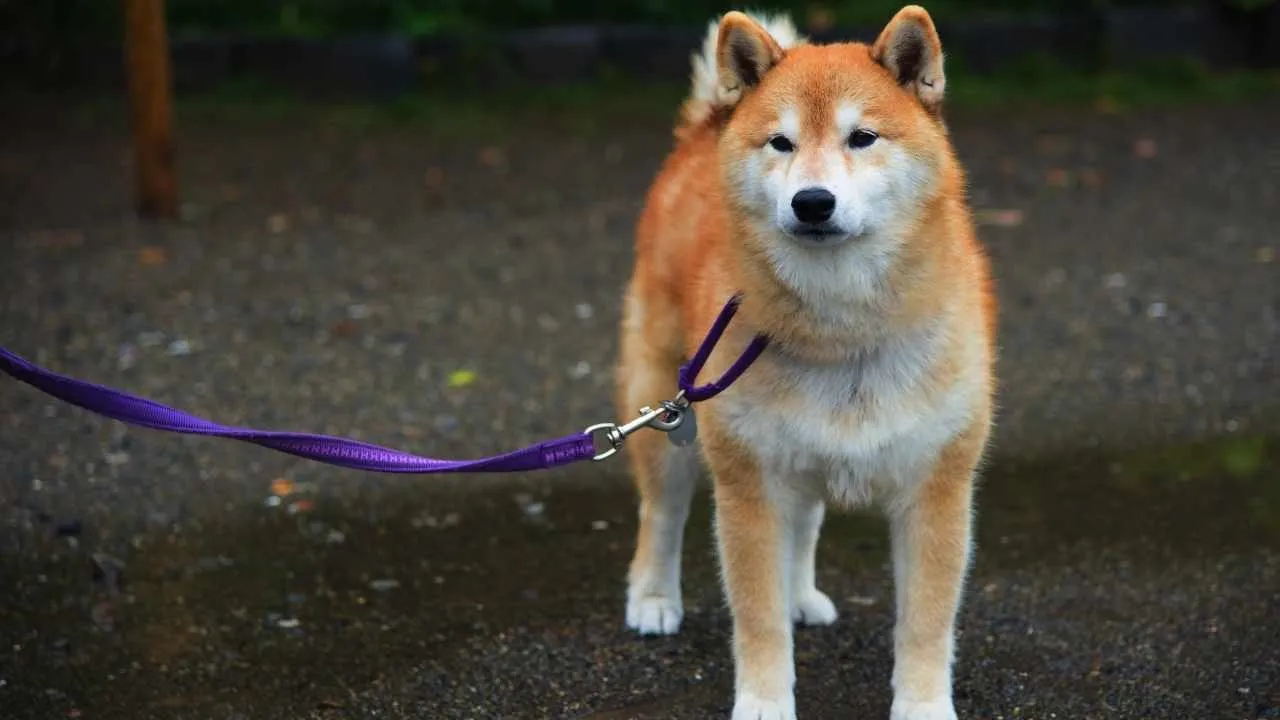
Akitas don’t waste energy on commands they find unnecessary—they analyze before acting. This makes them seem aloof, but it’s actually a form of controlled intelligence. Their decisions often come after observing, not reacting on impulse.
Selective About Social Dynamics
They don’t mesh easily with other pets due to their strong guarding instincts and natural territorial behavior, as per the Akita Life. What drives their stubbornness is often a deeply ingrained need for control over their environment. Early exposure to structured settings is critical.
Purpose-driven and Self-reliant
Akitas often prefer doing their own thing rather than seeking direction, especially in unfamiliar situations. They show an independent streak that’s more intense than most large breeds. You’ll rarely find them looking for reassurance once they’ve assessed their surroundings.
Works best with Dignified Leadership
Quick drills or light praise aren’t enough to hold their attention. They respond to calm, firm guidance that respects their intelligence without over-explaining. Emotional pressure or chaotic environments make them mentally check out during interaction.
7. Scottish Terrier
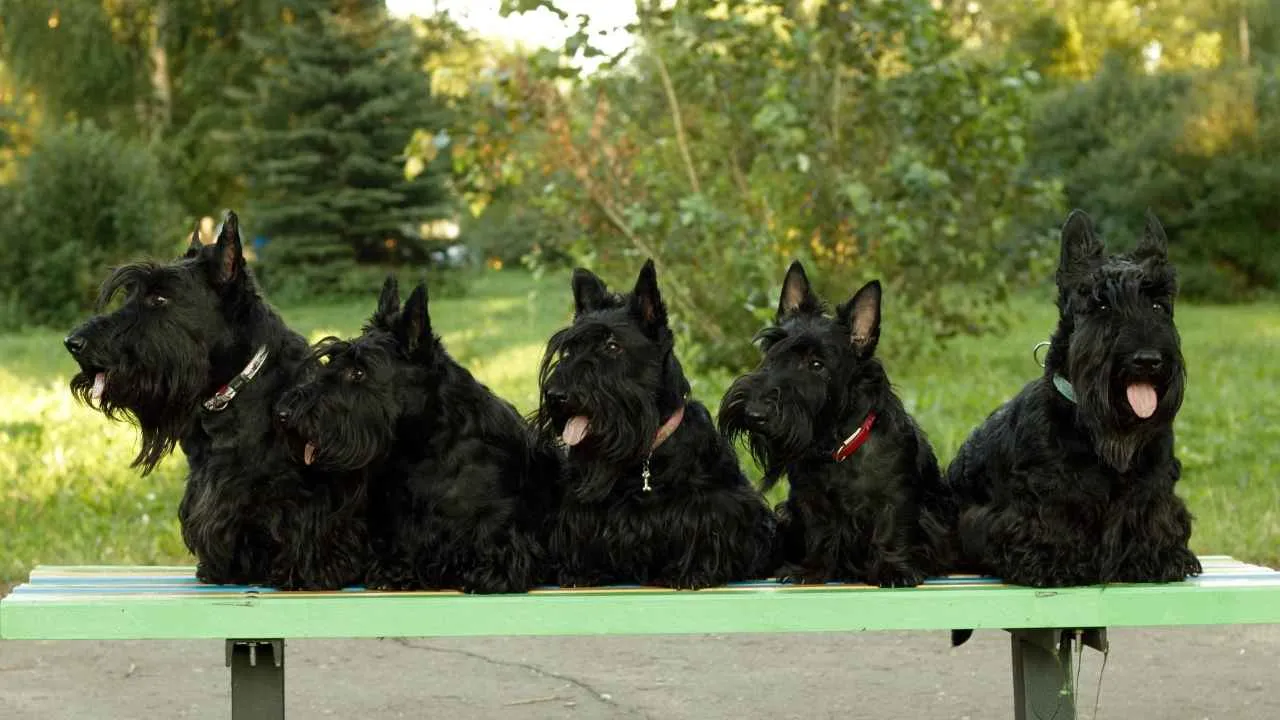
Scottish Terriers often make decisions without waiting for cues, operating with quiet confidence. They were bred to hunt alone, which shaped their preference for autonomy. Their behaviors are rooted in instinct rather than a need for human approval.
Loyal but not overly Expressive
They stay close to their family but without constant interaction or attention-seeking. Their bond is subtle, measured in loyalty rather than overt affection. Visitors may find them reserved, as they rarely engage socially outside their trusted circle.
Determined and Habit-driven
Once a Scottie decides on something, redirecting them can be difficult unless you understand their logic. They thrive in routines and resist abrupt changes in environment or expectations. Breaking a habit with this breed takes consistency and patience.
Focused but Unhurried Learner
They learn best when given time to process, not when rushed or overloaded. Verbal repetition alone doesn’t work—they need a reason to participate. Tasks with structure and purpose appeal to their working-dog lineage and keep them mentally engaged.
Conclusion
Living with dogs that think for themselves takes more than treats and repetition. These aren’t the types to follow every command — they weigh their options. But their behavior is driven by higher intelligence, not disobedience.
They know exactly what they’re doing. Yes, they can be easily distracted, especially if something sparks their curiosity. But when guided with patience and respect, they respond in remarkable ways.
Whether you’re drawn to the most stubborn dog breeds or simply want a dog that brings brains and backbone, these are the companions who keep life interesting — and unpredictable in the best ways.


